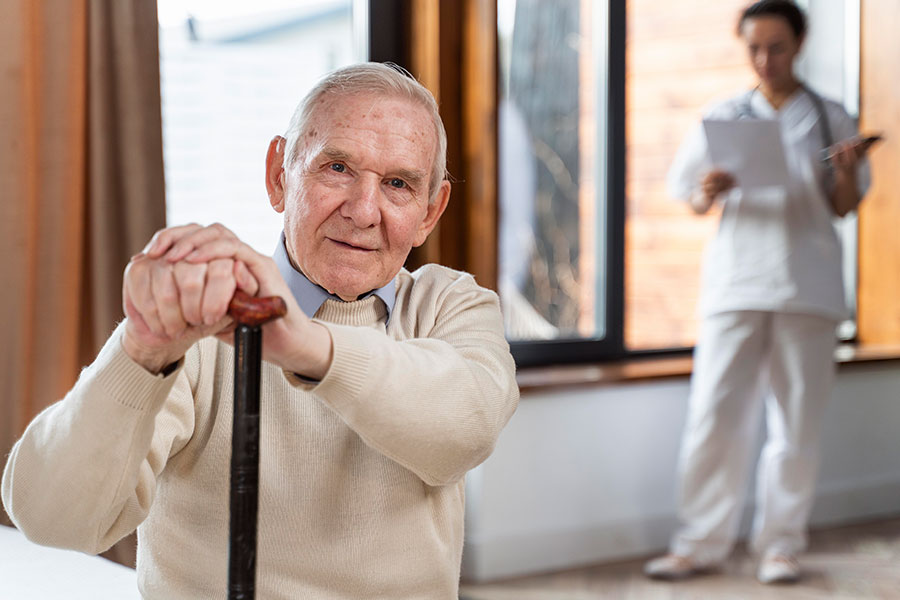The exploration of traditional Chinese dance and costumes additionally welcomes a much deeper appreciation of the importance intrinsic in patterns and colors, which reflect the ideologies and worldviews loved by Chinese culture. As seen in the importance of colors, red signifies good luck and joy, while blue often stands for beauty and tranquility. Comprehending the cultural context of these elements urges better regard for the art kinds and their specialists, highlighting the relevance of cultural preservation and the power of narration with dance and clothing.
Additionally, the elegance of traditional Chinese dress expands beyond efficiency, infiltrating everyday life and society. Celebrations throughout the year, such as the Lantern Festival, commonly display spectacular traditional garments and creative display screens, lighting roads and public areas with vivid colors and lights. Lanterns, frequently handcrafted and elaborately designed, represent hope, revival, and the welcoming of brighter days. Throughout such events, it is usual for individuals to wear traditional outfit that lines up with the festival’s motifs, even more joining the community via a common admiration of their social heritage.
Chinese society is varied and rich, encompassing a wide array of traditional dance kinds, costumes, and artistic expressions that have been passed down via generations. At the heart of this social heritage is the enchanting beauty of Chinese dance costumes, which play a crucial duty in showcasing the deep history and vibrant spirit of Chinese art.
The importance of traditional clothing extends beyond mere aesthetics; it additionally envelops the significance of national clothing and Asian costume. The appeal of these costumes is that they can inform a story regarding the user’s identification, practices, and social heritage, weaving a rich tapestry of the complex background of China.
In enhancement to the rich background of traditional clothing, Chinese dance serves as a powerful expression of social identification. One of the most visually captivating forms of Chinese efficiency art is the lion dance, which commonly comes with parties such as the Lunar New Year and other joyful events.
The Chinese dragon dance is another traditional art form that mesmerizes audiences and stands for cultural values. The elaborate decors on the dragon costume further enhance its appeal, showcasing the creativity and workmanship that specify traditional Chinese social expression.
Wushu, a martial art with deep roots in Chinese society, emphasizes elegance, dexterity, and the fluidity of movement. The unison of martial arts and traditional clothing brightens the smooth blending of art and discipline, celebrating centuries of Chinese artistry while symbolizing the spirit of physical excellence.
In a globalized globe, the ongoing appreciation for and exploration of traditional Chinese clothing and efficiencies function as a reminder of the importance of social identification. As artisans and musicians work to revitalize these classic practices, they educate new generations concerning their heritage, cultivating a feeling of satisfaction and link to their origins. Traditional dance and costume not only delight yet also bring the weight of historic narratives, lessons for future generations, and a reservoir of common cultural understanding.
For traditional dancers, costumes are sometimes custom clothing developed particularly for performance, customized to enhance the aesthetic impact of their motions. Costume design plays an important role in dance, with the option of materials, colors, and patterns all meticulously taken into consideration to stimulate the intended feelings and styles of the efficiency. Using streaming fabrics, vibrant shades, and ornate embellishments not only includes elegance to the performance yet can also aid in movement, as dancers move and twirl with dignity across the stage. Devices such as belts, headdresses, and sashes add to the general appearance, enabling entertainers to totally symbolize their characters and stories.
A vital facet of many Chinese dance types is the use of props, boosting the performance’s aesthetic spectacle and providing depth to the narration. One such prop that is ultimate to Chinese dance is the fan. Chinese fan dance, which has been exercised for centuries, combines the art of dance with the beauty of the folding fan.
With dance, costume, and numerous imaginative expressions, the appeal of Chinese culture proceeds to resonate with people of all ages and backgrounds. The art of carrying out, adorned in fancy costumes that tell tales of the past, becomes a bridge in between generations. Each professional dancer, whether carrying out the lion dance, participating in the elegant flow of wushu, or expressing themselves through the art of fan dance, breathes life right into age-old practices that celebrate resilience, unity, and the sustaining human spirit.
To conclude, Chinese dance costumes, ancient clothing, and the various vivid performances encapsulate a rich heritage that proceeds to charm and influence both audiences and performers alike. From the breath-taking visuals of lion and dragon dances to the refined style of fan dancings, Chinese society is a huge sea of imaginative expressions that incorporate centuries of custom. The national clothing shows a diversity that can just be discovered in a nation as extensive and diverse as China, showcasing the distinct stories and identifications that stay within each ethnic group. As time marches ahead, the commitment to protecting these customs through performance art, costume layout, and social celebrations makes sure that the vibrancy of Chinese culture continues to be active, exciting hearts and minds worldwide.
Explore chinese lantern the captivating globe of Chinese culture with its traditional dance costumes, exciting performances, and abundant background, showcasing the artistry and variety that define centuries of heritage.






